
Lord Howe Island
To celebrate Australia's National Day, we have picked 10 of the best, beautiful and breathtaking UNESCO World Heritage Sites down under. You can find out more information about each on the World Heritage Centre (WHC) website at www.whc.unesco.org.
Lord Howe Island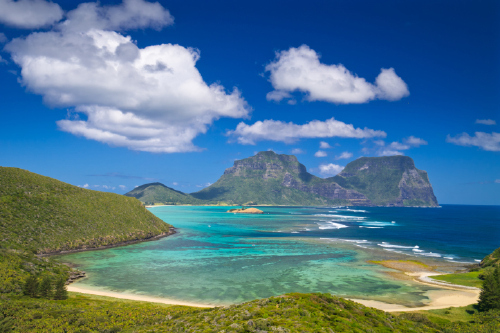 An absolutely stunning site, Lord Howe Island is a "remarkable example of isolated oceanic islands, born of volcanic activity more than 2000 m under the sea," says the WHC. It's beautiful and irregular crescent-shape takes prime position in the Tasman sea between Australia and New Zealand, and is home to numerous endemic species.
An absolutely stunning site, Lord Howe Island is a "remarkable example of isolated oceanic islands, born of volcanic activity more than 2000 m under the sea," says the WHC. It's beautiful and irregular crescent-shape takes prime position in the Tasman sea between Australia and New Zealand, and is home to numerous endemic species.
Fraser Island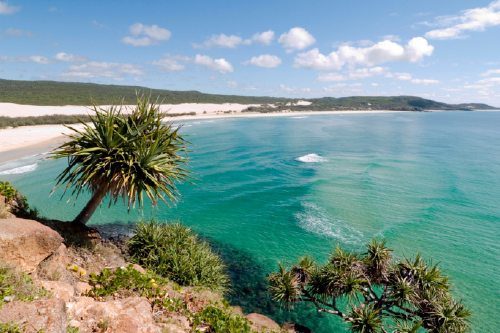 At 122 km long, Fraser Island lies off the eastern coast of Australia and is the largest sand island in the world. This majestic site is made up of lush rainforest, glittering turquoise waters and glorious white sand beaches.
At 122 km long, Fraser Island lies off the eastern coast of Australia and is the largest sand island in the world. This majestic site is made up of lush rainforest, glittering turquoise waters and glorious white sand beaches.
Uluru-Kata Tjuta National Park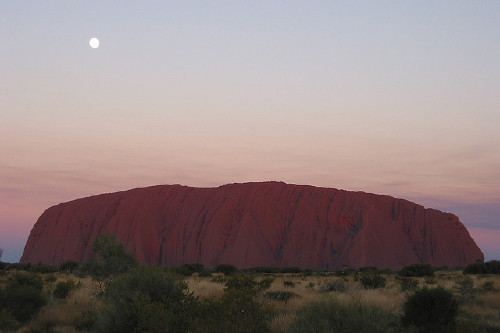 Image courtesy of Paul Mannix, Flickr
Image courtesy of Paul Mannix, Flickr
Uluru-Kata Tjuta National Park is a spectacular site made up of large sandstone geological formations dotted across a massive sandy plain in central Australia. Uluru, also known as Ayers Rock, is the huge red rock foundation that dominates the landscape, standing 335 km south west of the nearest large town, Alice Springs.
Great Barrier Reef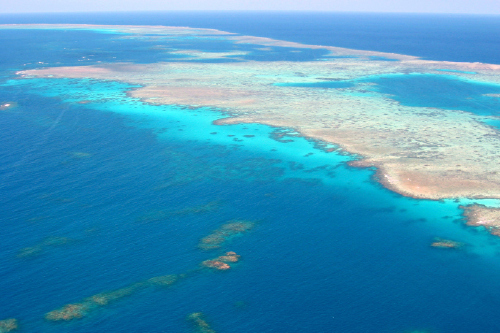 One of the greatest natural sites in the world, the Great Barrier Reef is an area of breathtaking beauty and also the world's largest coral reef system. It is comprised of up to 3000 individual reefs and 900 islands magnified over 2600 km. The picture-perfect tropical islands offers visitors some of the best golden beaches, snorkelling and diving in the world.
One of the greatest natural sites in the world, the Great Barrier Reef is an area of breathtaking beauty and also the world's largest coral reef system. It is comprised of up to 3000 individual reefs and 900 islands magnified over 2600 km. The picture-perfect tropical islands offers visitors some of the best golden beaches, snorkelling and diving in the world.
Sydney Opera House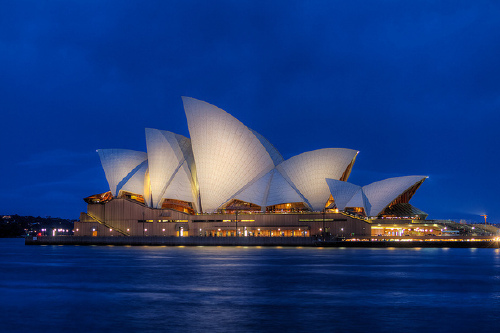 The Sydney Opera House is Australia's most iconic man-made UNESCO site. Inaugurated in 1973, the multi-venue performing arts centre took 14 years to build costing $102 million. The building is a great architecural work of the 20th century combining creativity and innovation, that draws millions of visitors every year.
The Sydney Opera House is Australia's most iconic man-made UNESCO site. Inaugurated in 1973, the multi-venue performing arts centre took 14 years to build costing $102 million. The building is a great architecural work of the 20th century combining creativity and innovation, that draws millions of visitors every year.
Shark Bay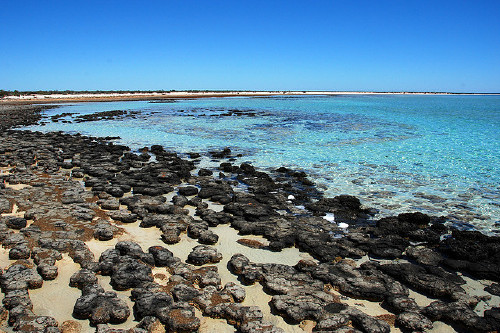 Image courtesy of robertpaulyoung, Flickr
Image courtesy of robertpaulyoung, Flickr
Another visual spectacle, Shark Bay inhabits the Gascoyne region of Western Australia, 800 km north of Perth. According to the WHC, Shark Bay "has three exceptional natural features: its vast sea-grass beds, which are the largest (4,800 km2) and richest in the world; its dugong (‘sea cow’) population; and its stromatolites (colonies of algae which form hard, dome-shaped deposits and are among the oldest forms of life on earth)."
Royal Exhibition Building and Carlton Gardens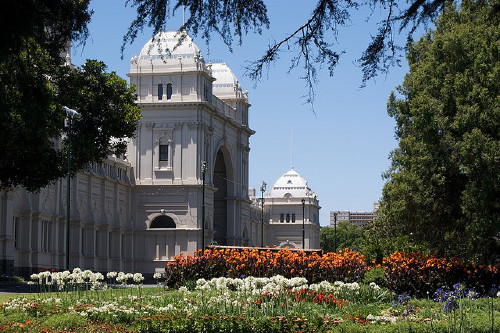 Image courtesy of Wilson Afonso, Flickr
Image courtesy of Wilson Afonso, Flickr
Completed in 1880, the Royal Exhibition Building and its surrounding Carlton Gardens in Melbourne, were created by architect Joseph Reed, combining elements of the Byzantine, Roman, Lombardic and Italian Renaissance architectural designs. Over 50 international exhibitions were held here between 1851 and 1915, and today the building and its gardens boast an historic charm and mesmerising atmosphere for visitors.
Wet Tropics of Queensland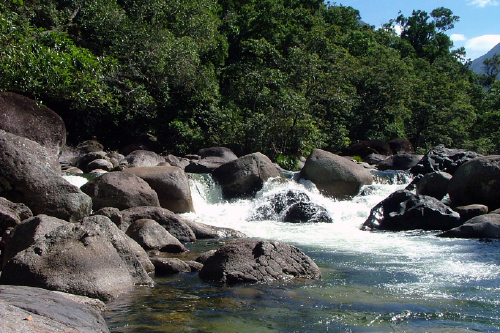 Largely made up of tropical rainforests and an array of plants, birds and endangered animals, the Wet Tropics of Queensland is a 450 km stretch on the north-east coast of Australia. The area experiences extremely high seasonal rainfall and "the Wet Tropics is also recognised as an area possessing outstanding scenic features, natural beauty and magnificent sweeping landscapes," says the WHC.
Largely made up of tropical rainforests and an array of plants, birds and endangered animals, the Wet Tropics of Queensland is a 450 km stretch on the north-east coast of Australia. The area experiences extremely high seasonal rainfall and "the Wet Tropics is also recognised as an area possessing outstanding scenic features, natural beauty and magnificent sweeping landscapes," says the WHC.
Ningaloo Coast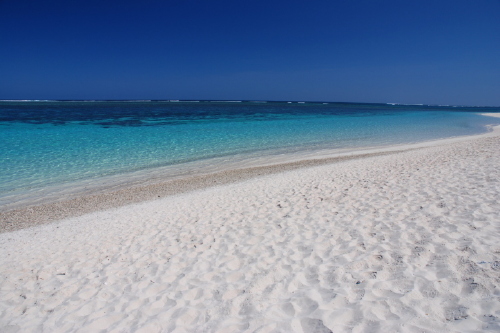 Underground caves, water courses and a diver's dream of coral reef are just some of the magnificent things to be found on this remote western coast of Australia, located approximately 1200 km north of Perth. The Ningaloo reef is the country's largest fringing coral reef and the WHC reports that "annual gatherings of whale sharks occur at Ningaloo Coast, which is home to numerous marine species, among them a wealth of sea turtles."
Underground caves, water courses and a diver's dream of coral reef are just some of the magnificent things to be found on this remote western coast of Australia, located approximately 1200 km north of Perth. The Ningaloo reef is the country's largest fringing coral reef and the WHC reports that "annual gatherings of whale sharks occur at Ningaloo Coast, which is home to numerous marine species, among them a wealth of sea turtles."
Kakadu National Park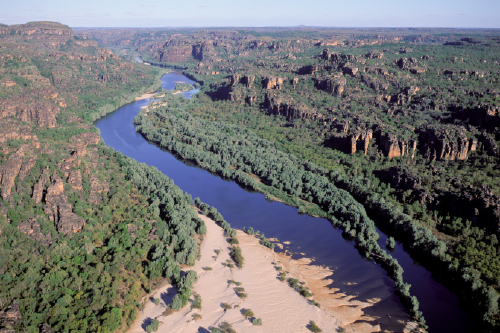 A spectacular national park, Kakadu is located within the Alligator Rivers Region, 171 km south-east of Darwin, in the Northern Territory of Australia. The national park is seeped in history with unique archaeological and ethnological marks, such as cave paintings and rock carvings recording the humble lifestyle of the region's inhabitants, including the Aboriginal people who still live there.
A spectacular national park, Kakadu is located within the Alligator Rivers Region, 171 km south-east of Darwin, in the Northern Territory of Australia. The national park is seeped in history with unique archaeological and ethnological marks, such as cave paintings and rock carvings recording the humble lifestyle of the region's inhabitants, including the Aboriginal people who still live there.
What are your favourite UNESCO World Heritage Sites in Australia? Tell us in the comments below or tweet us @FemaleFirst_UK
FemaleFirst
Tagged in Travel travel tips Travel Advice Landmarks

